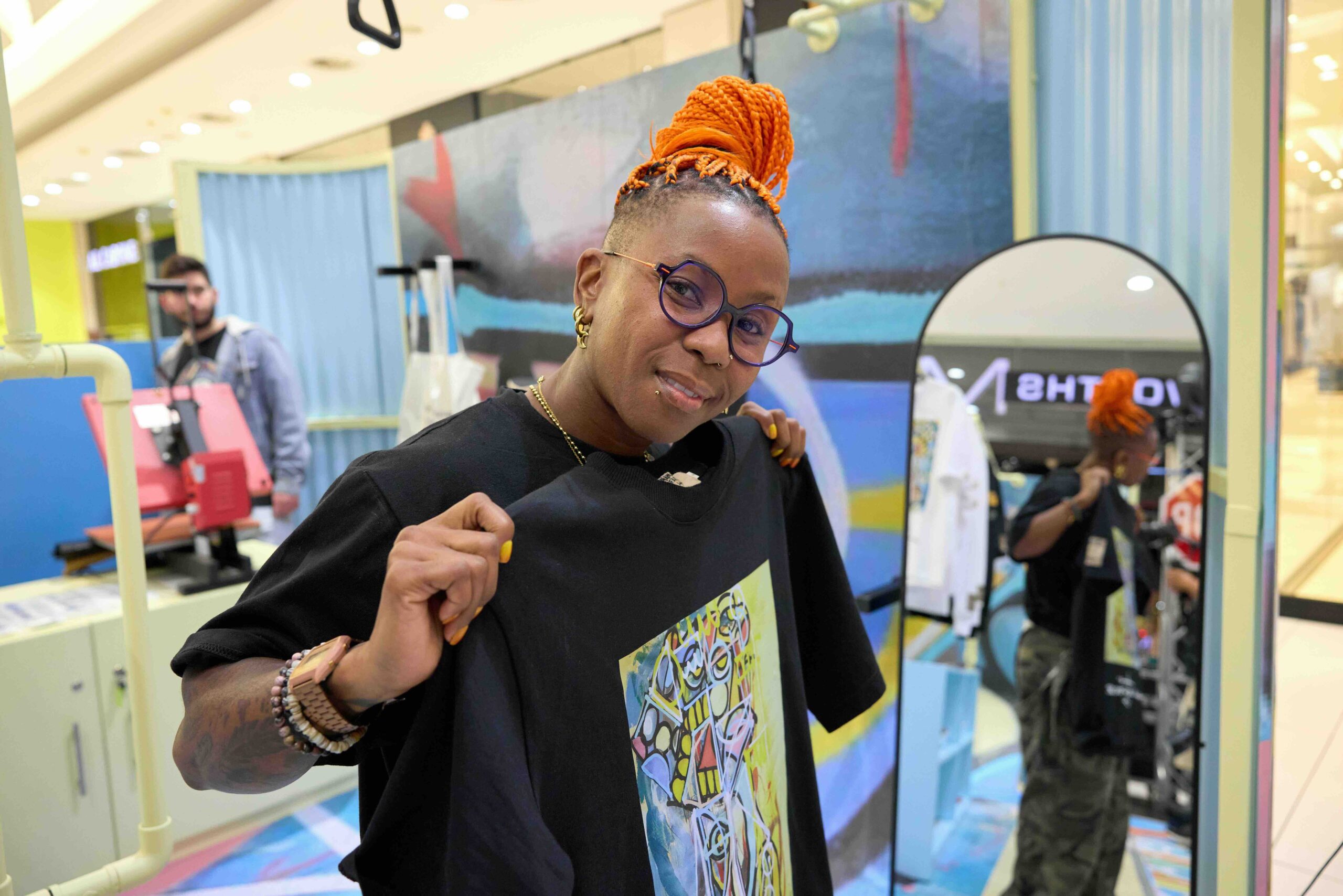A woman’s hair is often closely tied to her confidence. It reflects her personality, is how she expresses herself, and is a key part of her identity. So, when this hair takes a sudden change for the worse, particularly later in life, it can deal a devastating blow to one’s self-esteem.
This was the case for South African media personality Mantsoe Pout-Nomzamo, who started experiencing hair loss in her thirties. “I’d always had long, thick hair throughout my youth. I wore braids and never had any indication that hair loss would become a problem later on. I got used to doing whatever I wanted with my hair. But last year, in my mid-thirties, I began noticing my hair thinning,” she explains.
With her mother suffering from alopecia, Mantsoe wondered if she had inherited the condition. She stopped braiding and wearing her hair in tight ponytails, tried every oil and off-the-shelf haircare product or home remedy she could find, and even changed the type of pillowcases she was using, but the issue only got worse.
In her search for answers, Mantsoe then had the opportunity to interview Dr Kashmal Kalan, Medical Director of the Alvi Armani hair restoration clinic in Sandton, on her radio talk show on 947. Following their discussion, she was invited to visit the clinic for a consultation, where they finally discovered the root of her problem.
“When Mantsoe first came to us this year, she initially presented with traction alopecia,” says Dr Kalan. “It had severely impacted her confidence, and she hoped that a hair transplant would be the solution. Unfortunately, however, after further tests, we found that Mantsoe specifically had scarring alopecia – a form of hair loss that results in dead follicles and intradermal scarring that are invisible to the naked eye, but damage the scalp to the point where an operation is no longer a viable option.”
Dr Kalan explains that this condition is all too common among African women, who are encouraged from a very young age to wear their hair in tight braids, cornrows, dreadlocks, or ponytails, use chemical relaxers to straighten the hair, or hair extensions and weaves that add excessive weight and tension to the scalp.
While a hair transplant wasn’t an option, Dr Kalan outlined another path forward to slow and, hopefully, halt the hair loss. “With scarring alopecia, attempting a hair transplant is like planting seeds in concrete instead of fertile soil. The follicles are too damaged. Instead, we recommended a platelet-rich plasma (PRP) treatment, which uses the patient’s own blood to stimulate healing, and regenerate the remaining follicles over time.”
Reflecting on her experience, Mantsoe says, “Hair is such a sensitive topic for women, and we must protect it while we have it. It feels like people are always staring, and often they are, as if they’re questioning why you’re not doing anything about it. Some do actually make mention of it, and I think it’s because they don’t know that it comes off as pretty insensitive.
“No woman wants to go bald. Your hair is part of your personality, and when your hair looks good, you feel really good about yourself. Losing it really does hit your confidence – especially when it happens so late after having good hair for so long. For those who can, I recommend visiting Alvi Armani to undergo a hair transplant procedure. And for younger women still damaging their hair every day, please look into what you’re doing wrong, and what you can do to keep your scalp healthy,” she concludes.



































